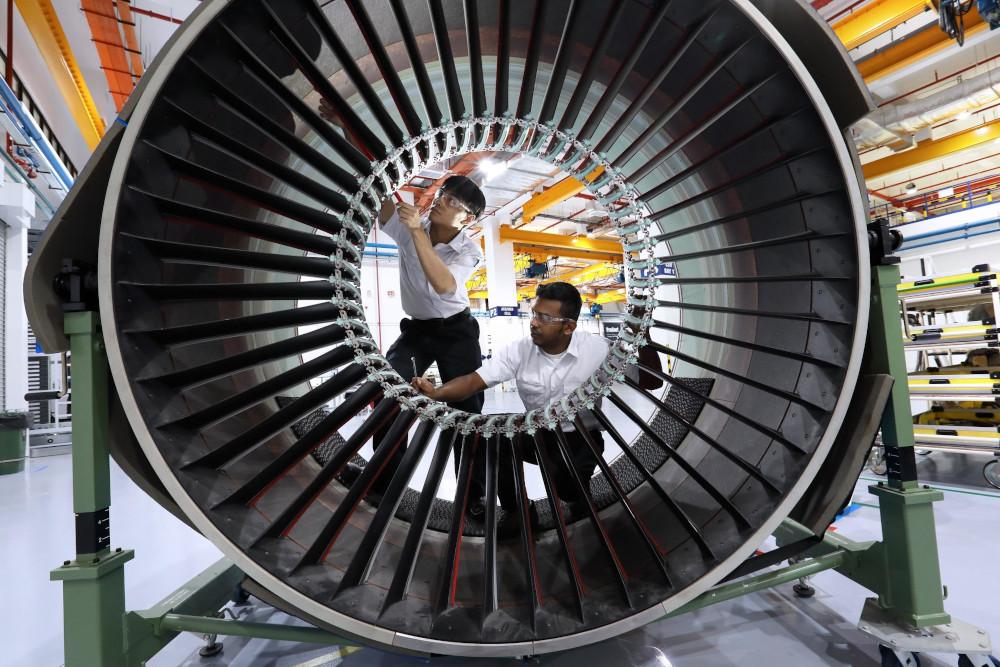
Pratt & Whitney has told Inside MRO that it expects supply chain pressures on its engine production and maintenance operations to ease next year.
“Like many in the industry, we have experienced supply chain challenges with structural castings and other parts,” says Marc Meredith, executive director of GTF engine aftermarket for Pratt & Whitney. “We continue to work mitigation strategies with our supply base and expect pressures to begin to ease in 2023, which will support both our OE and MRO output plans.”
In recent weeks, the OEM has been at the center of long-running tensions with Airbus about its narrowbody production, which the European airframer wants to raise to 65 A320-family aircraft per month by next year and 75 by 2025.
In the nine months to Sept. 30 this year, Airbus delivered 340 A320-family units, which equates to 38 per month, although it also retains an inventory of undelivered aircraft.
In September, Airbus chief executive Guillaume Faury said it was "not helpful" that Greg Hayes, CEO of Pratt parent Raytheon Technologies, commented that 65 aircraft per month was a more realistic goal for 2025 than 75.
Several lessors have also expressed doubt—sometime verging on incredulity—that Airbus can retain its ramp-up targets.
While Meredith will not address specific output targets, he says Pratt is working toward higher output of geared turbofan engines.
“We believe demand is there to increase production volumes and we are working on a path to meet it, in close coordination with our airframer customers,” says Meredith.
For an in-depth look at the PW1000 geared turbofan family, see the next issue of Inside MRO.




